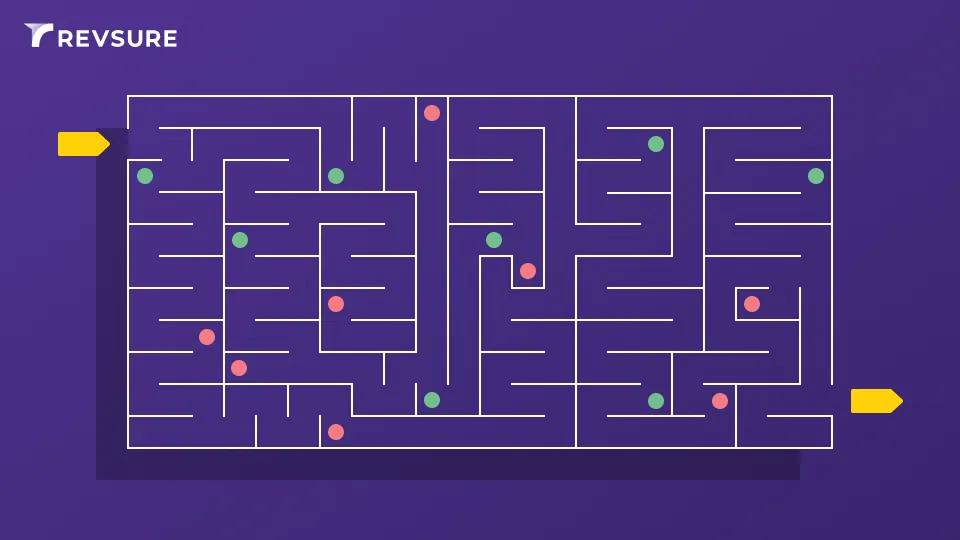
Something doesn’t quite add up here… 91% of B2B Marketers use lead scoring to some extent, but yes only 25% of organizations are completely satisfied with their lead scoring process. Typically, when one channel or lead source isn’t performing well, marketing teams cut or pivot the program– yet, they aren’t cutting or pivoting their lead scoring processes. Let’s add to this that sales teams ignore roughly 50% of marketing-sourced leads, often citing lack of qualification.
It’s time to stop accepting lackluster results and find a better way to score leads and qualify them for sales teams!
The Path Forward
One of the best performing options is predictive lead scoring. This uses a predictive machine learning model to calculate a score for open leads based on historical data. Organizations using predictive lead scoring have a 27% higher three-year revenue growth rate than organizations that don't use this type of scoring.
AI-based lead scoring has several advantages over traditional models, including more accurate and consistent results, faster lead qualification and improved sales results. Machine-based and AI models can analyze large amounts of data in real-time, identify patterns and make accurate predictions that humans may not see, or may take much longer to identify. The benefits of AI can help businesses to prioritize leads most likely to convert, as well as allocating resources to creating more similar leads. The continuous learning machine models factor in, allowing scores to adjust based on other lead interactions, providing a more accurate picture of readiness and propensity to buy.
Think Differently About “Scoring”
What if, instead of an absolute number lead score– leads and accounts were prioritized based on their likelihood of conversion?
Prioritization methods, based on AI and machine learning, takes multiple factors into the likelihood of conversion, allowing sales to focus on the right leads and avoid wasting time on low-quality leads that are unlikely to convert. After the leads have been moved to sales teams, the prioritization model allows sales to focus outreach more efficiently– adding to the increased conversion rates and overall new business revenue for the company.
A Combined Lead Score
For those still skeptical about AI or machine learning, there are ways to slowly step-in. Use both! Combine traditional lead scoring with prioritization methods from AI-based lead scoring and predictive analytics. In a hybrid model, both manual scoring methods and machine learning algorithms are used to assign scores to leads. The manual scoring methods can include factors such as the lead's job title, industry, and company size, while the AI-based methods can take into account additional factors such as online behavior, social media activity, and website interactions.
Another hybrid approach is to use AI and machine learning as a supplement to traditional lead scoring. For example, a sales team might use a basic scoring system based on demographics and firmographics, but use AI algorithms to identify patterns and trends in lead behavior that might not be immediately apparent through manual scoring. When predictive scoring is combined with effective lead nurturing, companies can see results as high as 50% more sales qualified leads and a 33% reduction in acquisition costs. We already know, from the State of Pipeline Generation report, that marketing teams are prioritizing lead nurturing programs this year– so why not add in a prioritization to make more effective lead scoring as well?







%201.svg)

